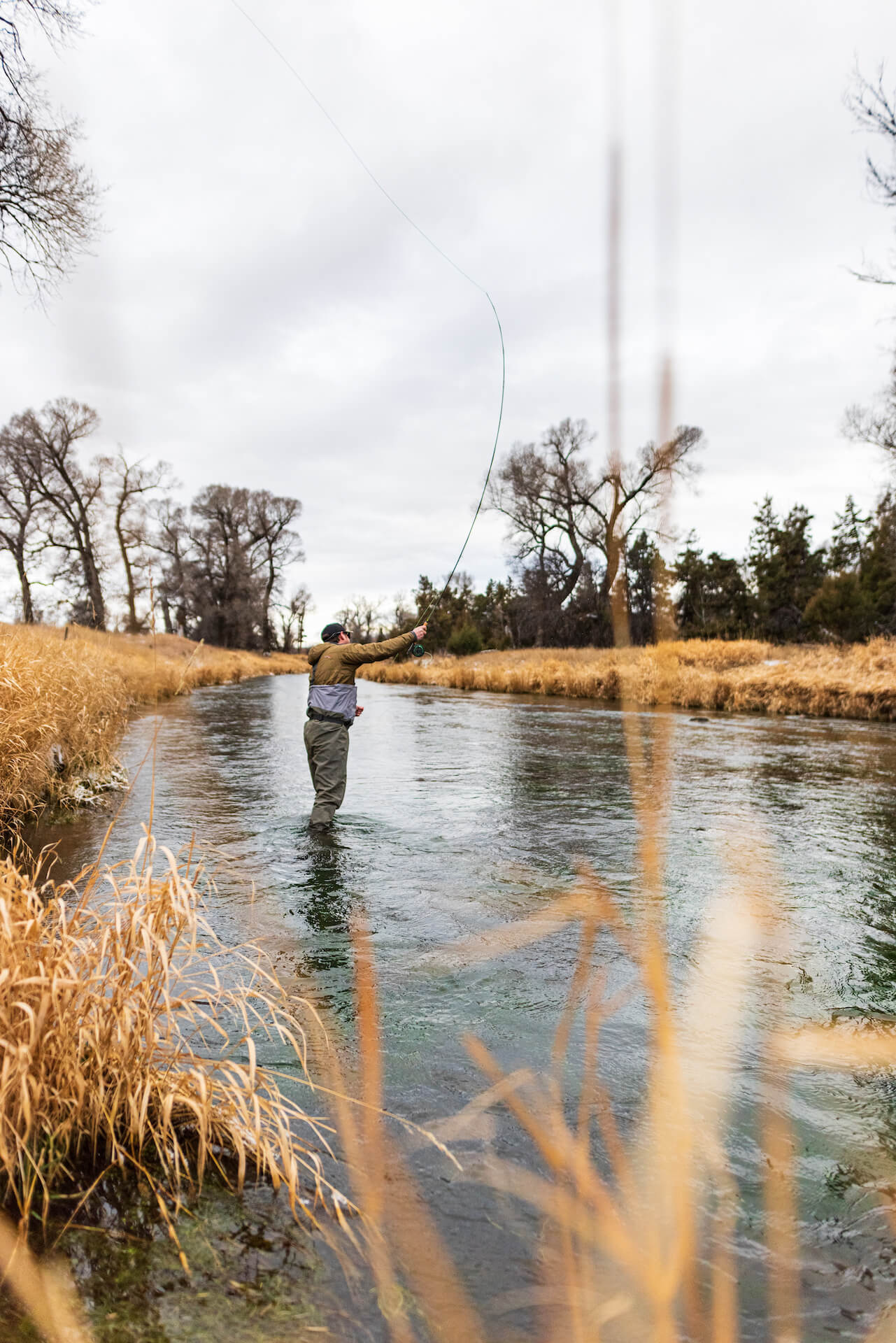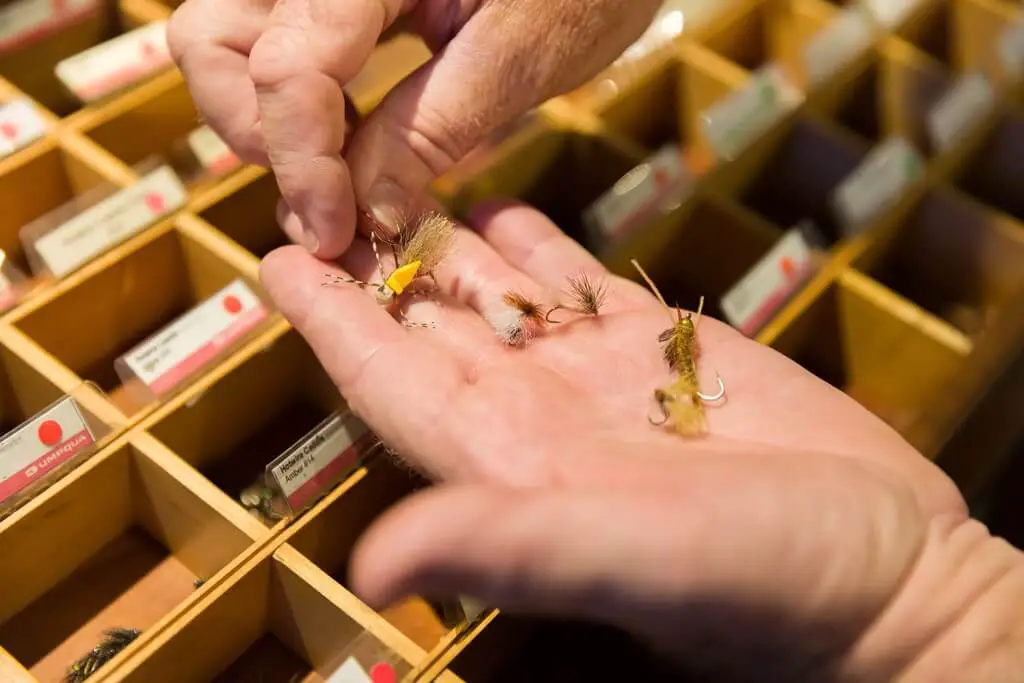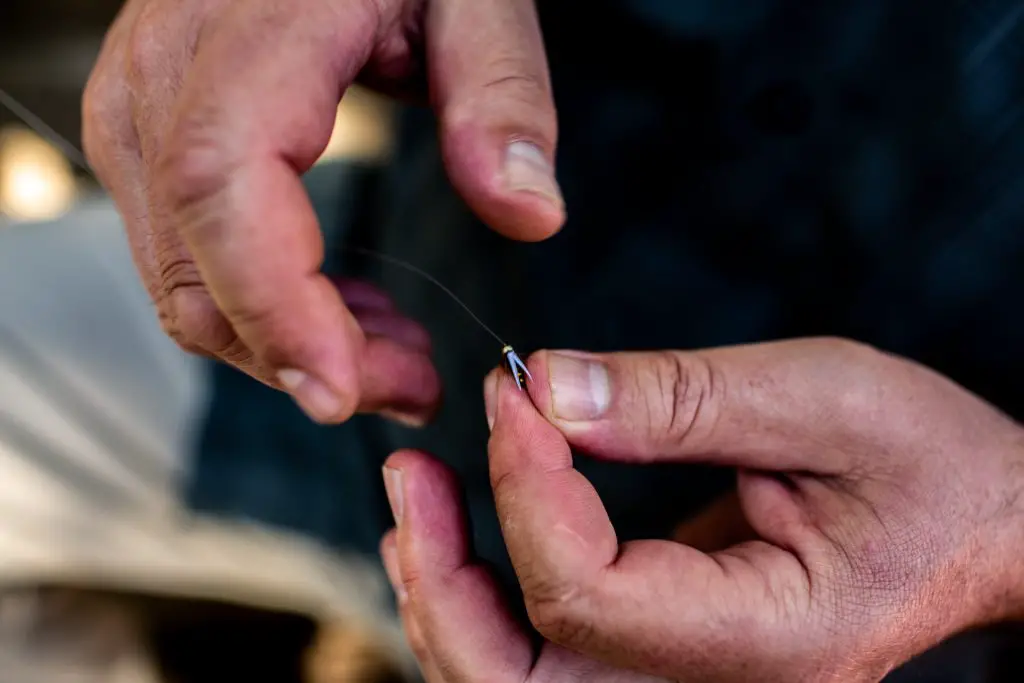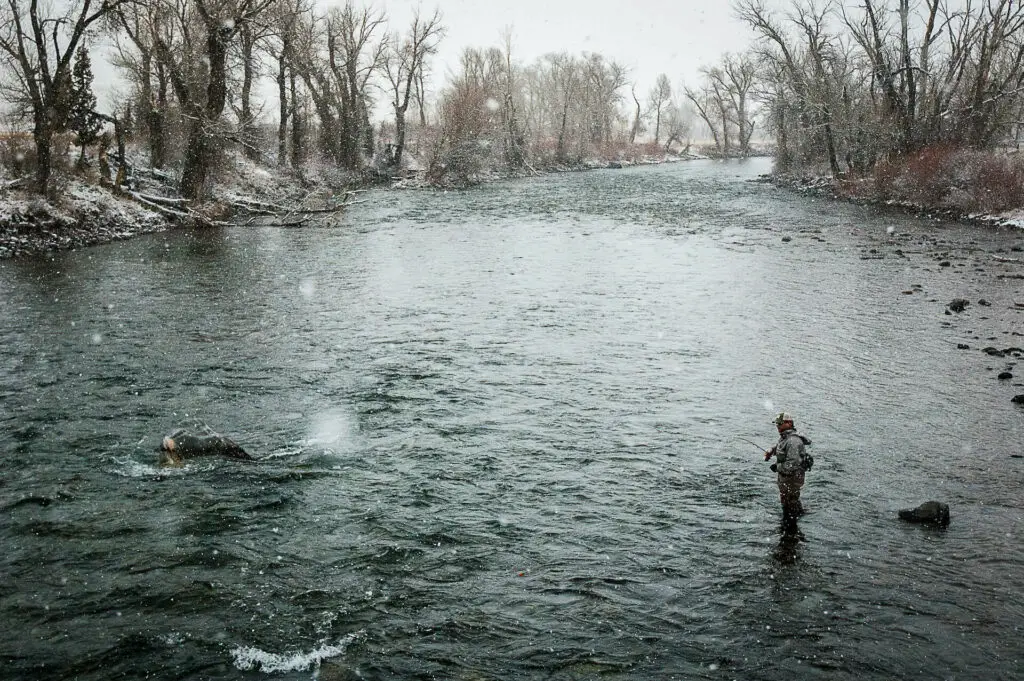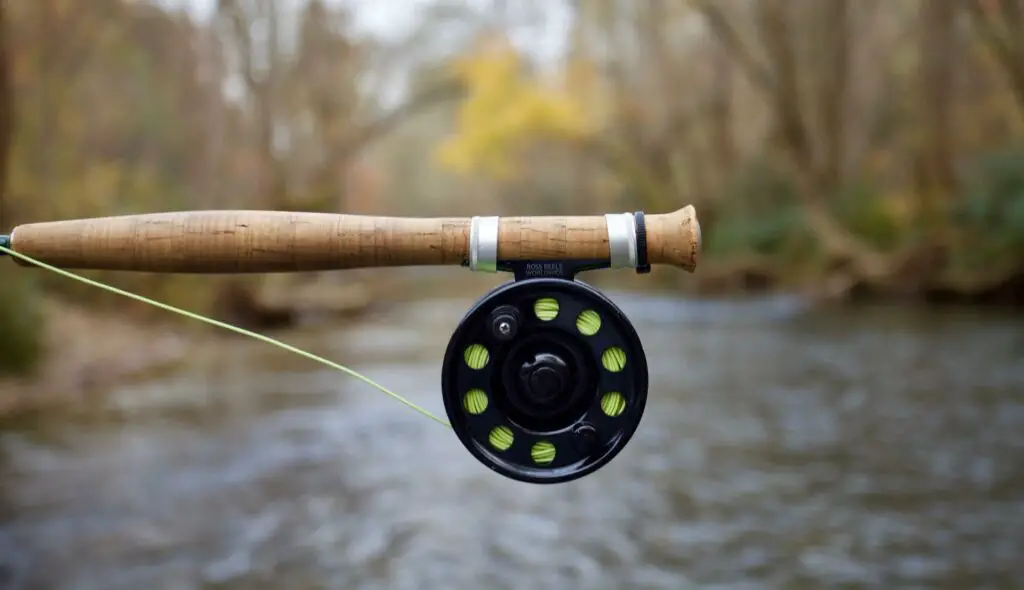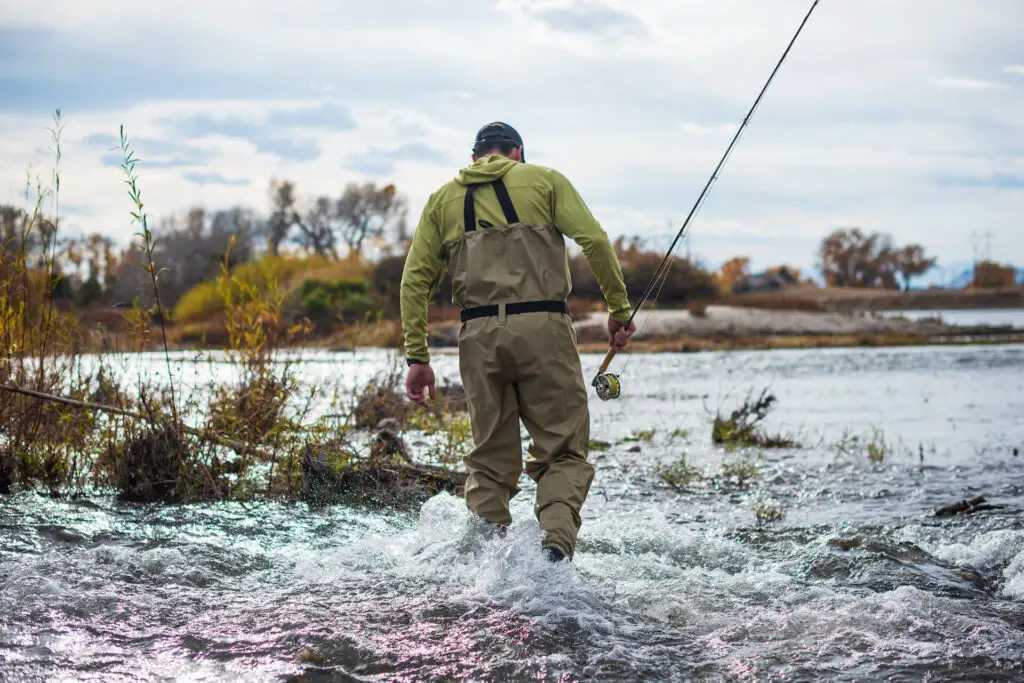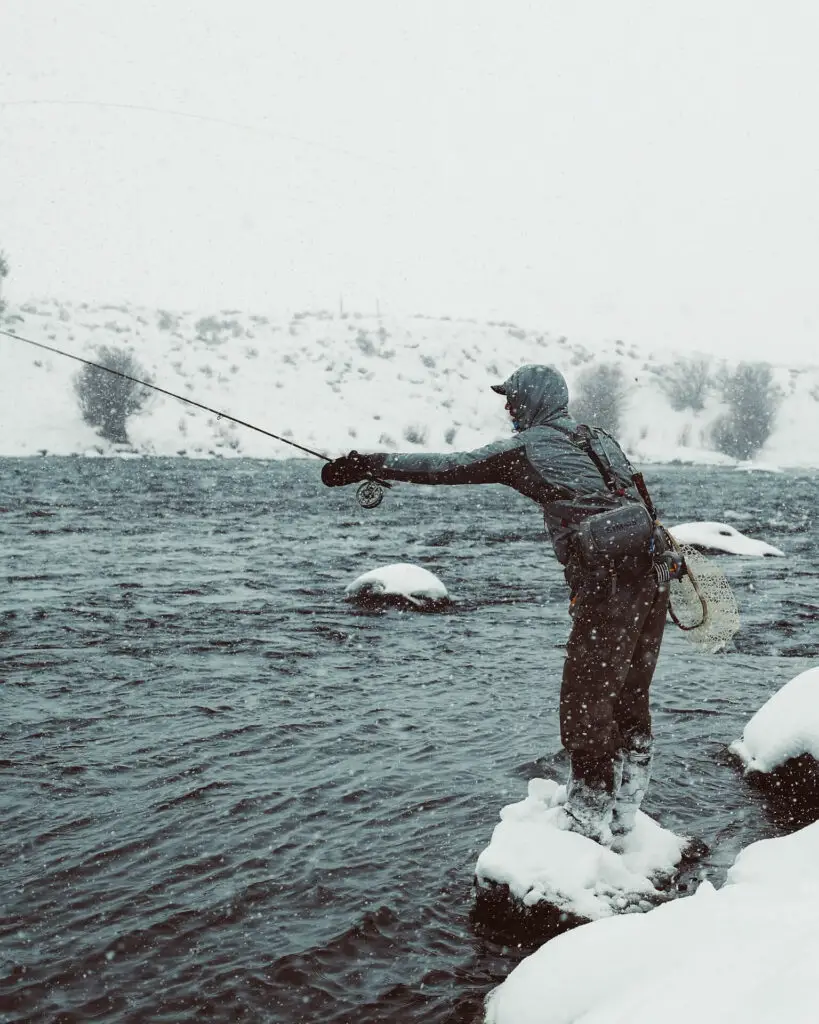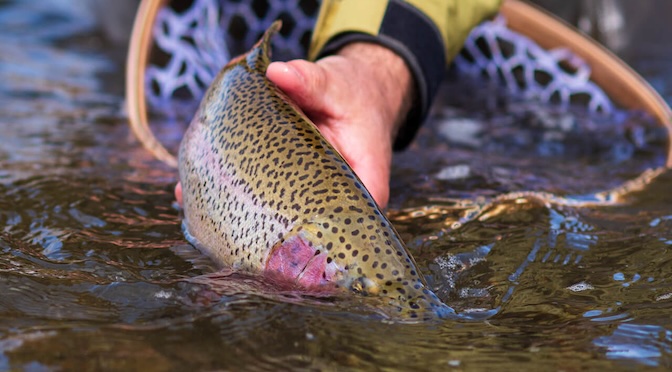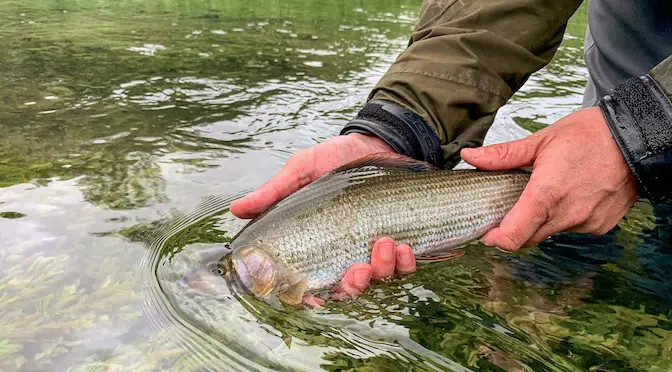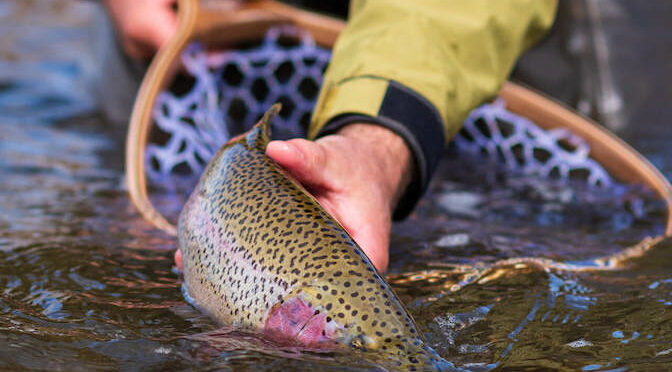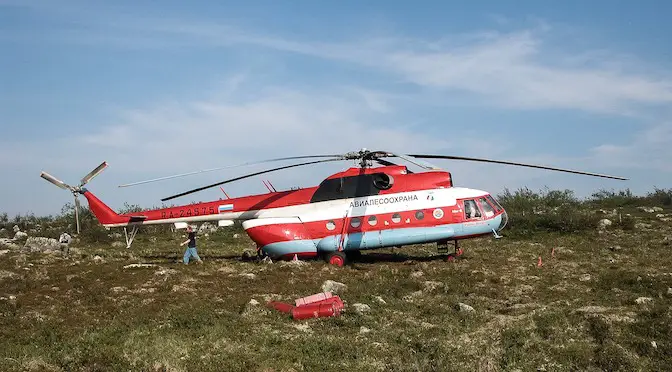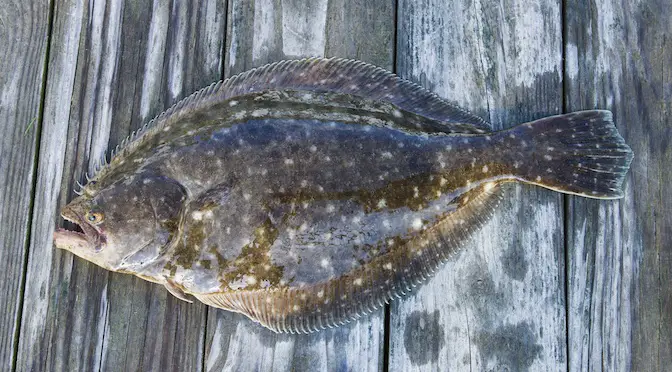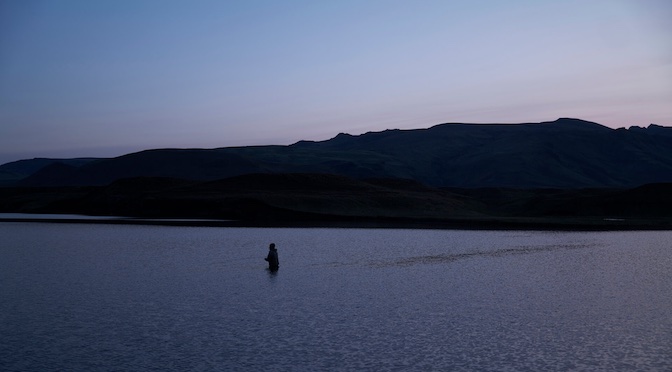- On the Water with the Korkers Bantam Lite - June 26, 2025
- How to Find Trout in Rivers & Streams Anywhere - June 13, 2025
- Educating the Next Generation of Salmon Anglers - June 4, 2025
Fly fishing in cold water presents unique challenges.
This requires anglers to adjust their strategies, gear, and mindset. As temperatures drop, fish behavior changes significantly, and understanding these changes is key to success. Whether you’re chasing trout in icy mountain streams or targeting steelhead in frigid rivers, these tips will help you improve your cold water fly fishing game and make the most of your time on the water.
Understanding Fish Behavior in Cold Water
Slower Metabolism of Fish
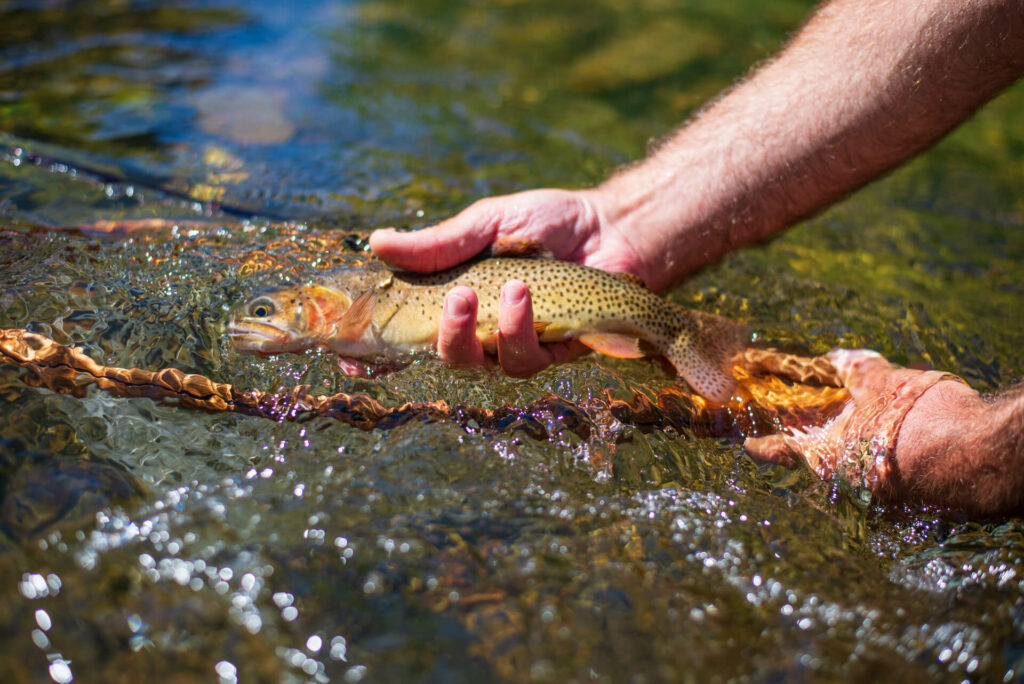
When water temperatures drop, the metabolism of fish slows down considerably. This reduced metabolic rate means that fish become less active and are less likely to chase after fast-moving prey. Instead, they conserve energy and are more selective about what they eat, often opting for smaller, easily accessible food sources. As an angler, it’s essential to recognize this shift and adapt your approach accordingly.
Preferred Holding Areas
In cold water, fish tend to seek out specific areas that provide the most favorable conditions for their survival. These areas often include deeper pools, slower-moving currents, and locations with a stable temperature. Fish will hold in these spots to conserve energy, making them prime targets for your fly. By focusing your efforts on these areas, you increase your chances of hooking into a fish.
Adjusting Your Fly Selection
Matching the Hatch in Cold Weather
In colder months, the variety of insect activity diminishes, but there are still some important hatches to consider. Midges, for example, are often active year-round, making them a crucial part of a fish’s diet in winter. When selecting flies, it’s important to match what little natural food is available. Consider using patterns that mimic these insects, such as midge larvae, small nymphs, or tiny dry flies.
Using Smaller and More Subtle Flies
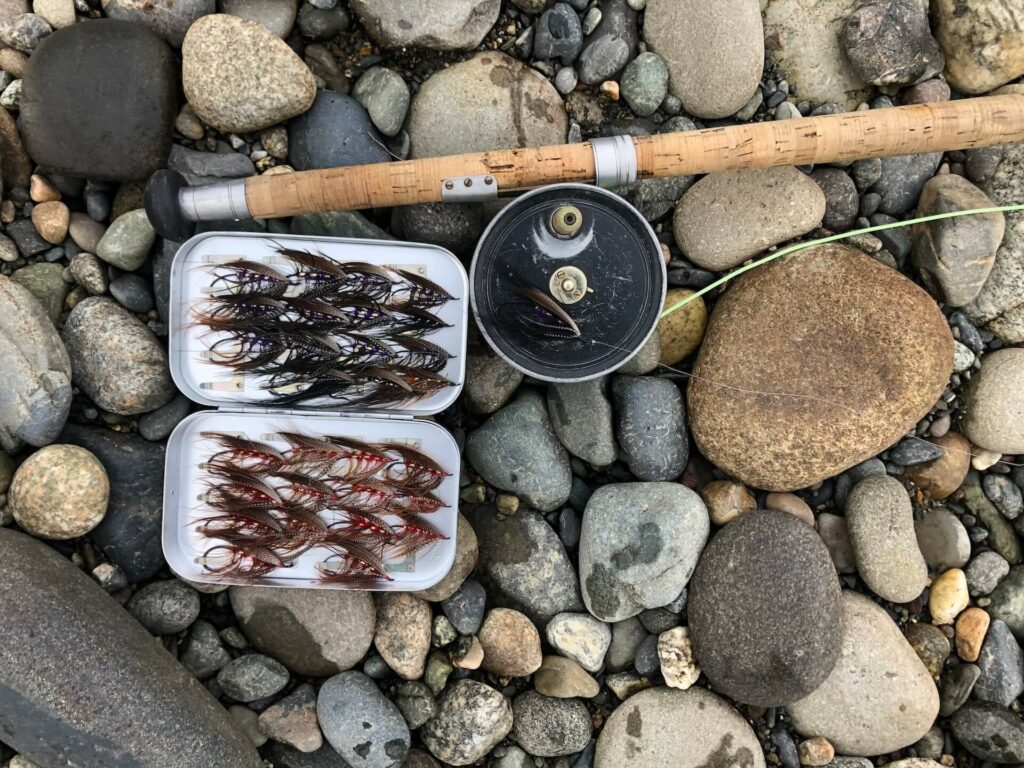
Given the sluggish behavior of fish in cold water, smaller flies tend to be more effective. These flies are easier for fish to eat with minimal effort. Patterns such as Zebra Midges, small Pheasant Tail Nymphs, and Griffith’s Gnats are excellent choices. Additionally, using flies with muted colors and less flash can be beneficial, as they present a more natural appearance in clear, cold water.
Employing Weighted Flies and Sink-Tips
Fish in cold water are often found near the bottom, where the temperature is more stable. To reach them, you’ll need to get your fly down deep. Weighted flies, such as beadhead nymphs or streamers, can help achieve the necessary depth. Alternatively, adding split shot to your leader or using a sink-tip line can help get your fly into the strike zone more effectively.
Adjusting Your Presentation
Slower Retrieves and Dead Drifts
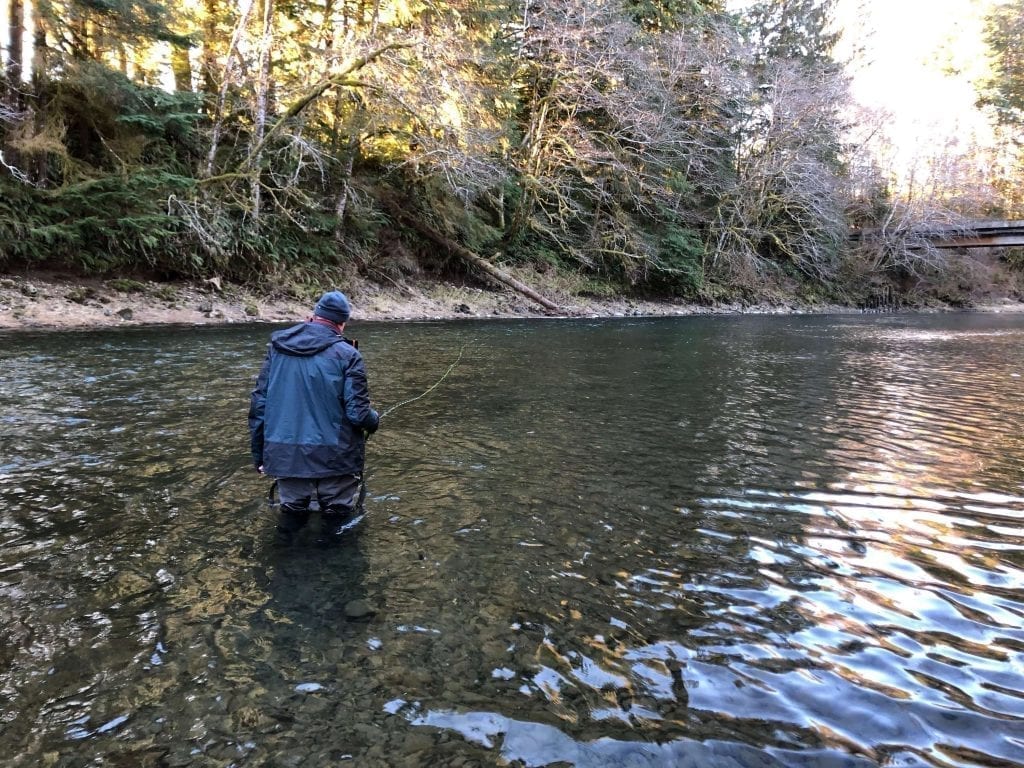
In cold water, the key to a successful presentation is slowing down. Fish won’t expend much energy chasing a fast-moving fly, so your retrieve should be deliberate and methodical. One of the most effective techniques in cold water is the dead drift, where the fly is allowed to drift naturally with the current. This technique mimics the movement of natural prey and can be particularly effective when fishing nymphs or small streamers.
Longer Drifts
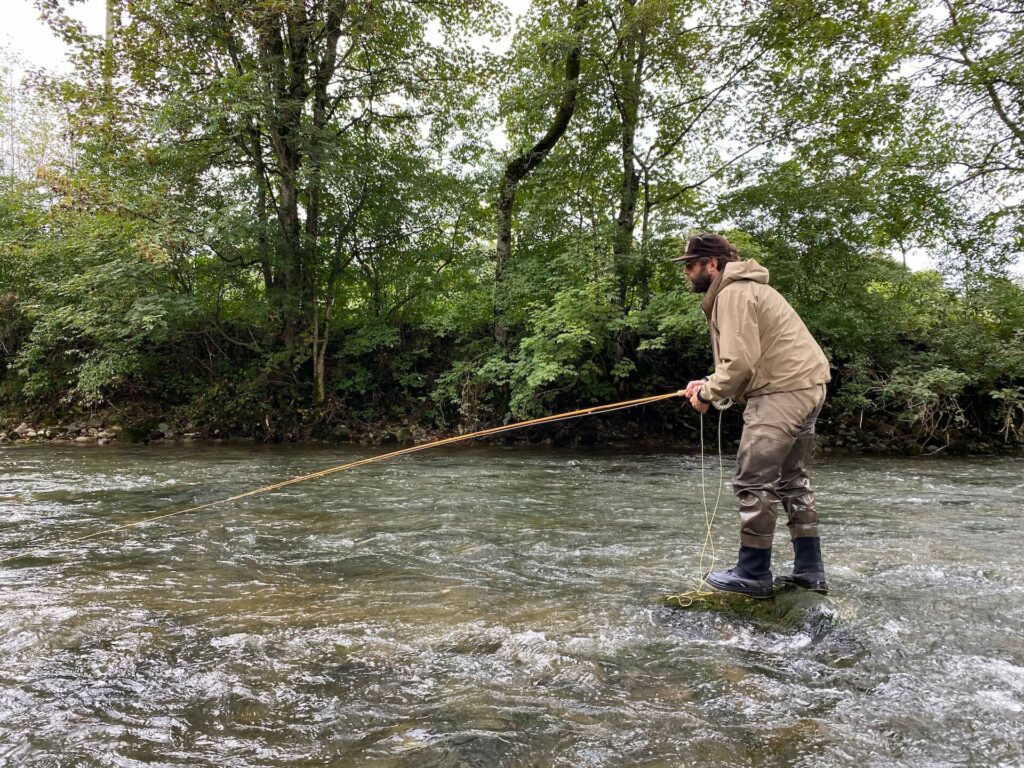
Cold water fish often take their time inspecting potential food items, so offering a longer drift can increase your chances of enticing a bite. To achieve this, use a longer leader and focus on making longer, more controlled casts. Mending your line regularly will help maintain a natural drift and keep your fly in the strike zone for a longer period.
Paying Attention to Subtle Strikes
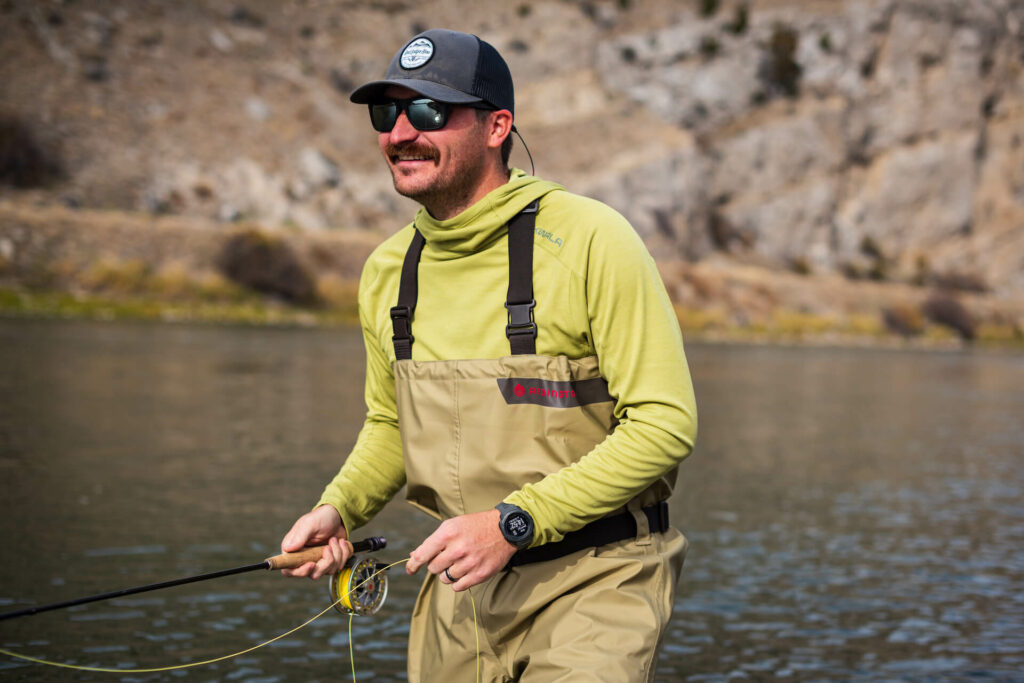
In cold water, strikes can be incredibly subtle. Fish are less likely to aggressively hit your fly, so it’s important to be attentive to any slight changes in your line or indicator. Often, a fish will gently take the fly and hold it rather than strike with force. Being able to detect and react to these subtle takes can make the difference between a successful outing and going home empty-handed.
Hook Setting
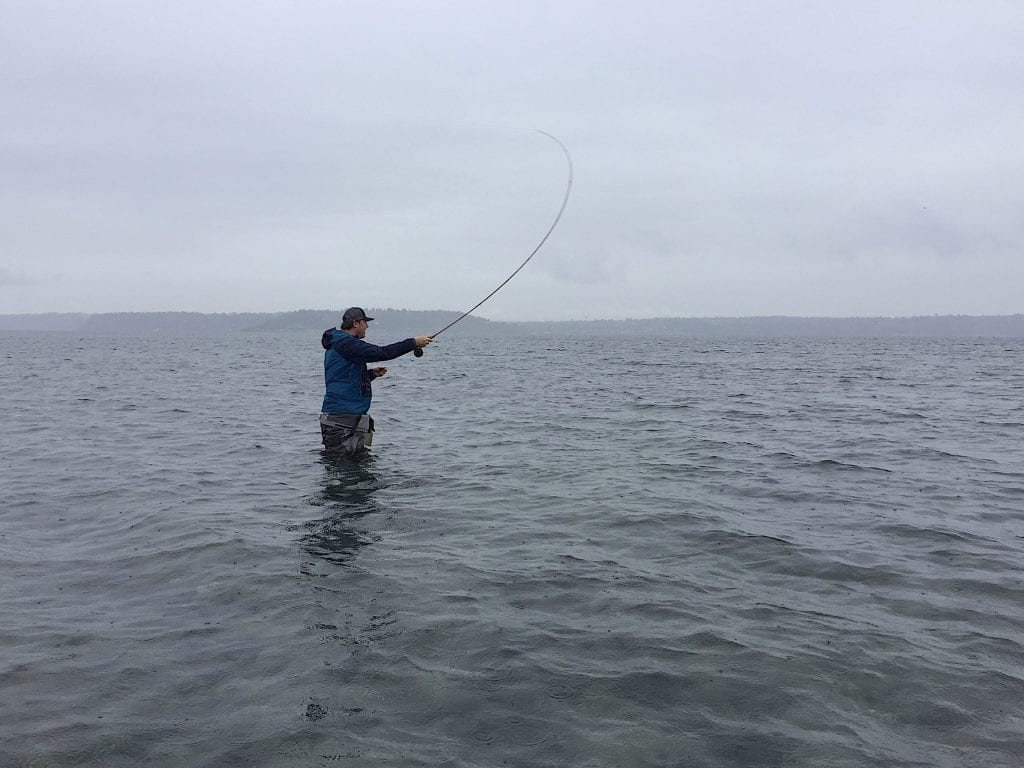
Gear Considerations for Cold Water Fly Fishing Tips
Wearing Appropriate Clothing
Staying warm is crucial when fly fishing in cold water. Layering is key—start with a moisture-wicking base layer, add an insulating layer such as fleece, and top it off with a waterproof and windproof jacket. Insulated waders will help keep your lower body warm, and neoprene booties can add extra insulation. Don’t forget your hands and head; insulated gloves and a warm hat are essential to prevent heat loss.
Choosing the Right Fly Line
Cold weather can cause standard fly lines to stiffen, making casting more difficult. Consider using a fly line specifically designed for cold weather, which remains supple in lower temperatures. These lines often have a lower memory, reducing the likelihood of coiling and tangling. Additionally, a line with a shorter head or integrated sink-tip can help you cast effectively and reach the depths where fish are holding.
Wading Tips for Cold Water
Wading in cold water requires extra caution. The risk of slipping on icy rocks or losing your footing in strong currents is higher, so always use a wading staff for added stability. Cleated boots or those with felt soles provide better traction on slippery surfaces. Remember to wade slowly and deliberately, taking the time to assess each step before moving forward.
Safety Tips for Cold Water Fly Fishing
Understanding the Risks
Fly fishing in cold water poses several risks, including hypothermia, slips, and falls. Hypothermia can set in quickly if you become wet or are exposed to cold winds for extended periods. Additionally, icy banks and slick rocks increase the risk of injury.
Staying Safe in Cold Conditions
To avoid hypothermia, make sure you stay dry and warm. If you start to feel cold, take a break to warm up and change into dry clothing if necessary. It’s also wise to fish with a buddy who can assist in case of an emergency. Always have a communication plan in place, especially if you’re fishing in remote areas.
Staying Safe in Cold Conditions
Packing an emergency kit is a smart precaution when fly fishing in cold conditions. Include items such as a space blanket, fire-starting materials, a first aid kit, and extra clothing. Knowing basic first aid for cold-related injuries, such as how to treat frostbite or hypothermia, is also essential.
Conclusion: Cold Water Fly Fishing Tips
Cold water fly fishing offers a unique set of challenges that can test even the most seasoned anglers. However, with the right approach and preparation, it can also be incredibly rewarding. By understanding fish behavior, adjusting your fly selection and presentation, and taking the necessary precautions to stay warm and safe, you’ll be well-equipped to make the most of your cold water fly fishing adventures. Embrace the cold season as an opportunity to hone your skills, enjoy the solitude, and experience the beauty of winter on the water.

